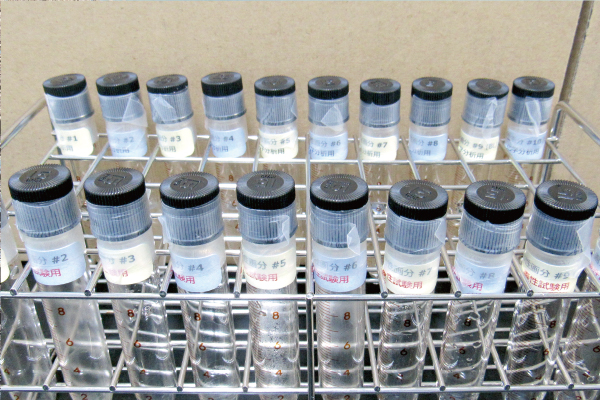Environmental Chemistry Lab, Department of Applied Chemistry,
Faculty of Science and Technology, Keio University
Led by Tomoaki OKUDA, Ph.D.
Research
Home > Research > Research Topics [Evaluation of Atmospheric Particle Impacts Focused on Surface Morphology]
Research Topics
Evaluation of Atmospheric Particle Impacts Focused on Surface Morphology
Complete understanding of atmospheric particles, gained through information regarding particle size, chemical composition, morphology, optical property, and charging state, is important for a wide variety of fields. Especially in order to evaluate the adverse impact of these particles on human health. Many previous studies have investigated the mass concentration and chemical composition of these particles. But, in order to more accurately assess the impact associated with deposition in human airways, it is essential to improve the understanding of surface morphology and electrical charging state, both of which play a major role in particle deposition. These properties are deeply involved in particle agglomeration, heterogeneous reaction, and ice nucleation. Therefore, understanding these characteristics is important for also assessing the climate impacts of atmospheric particles. Through the investigation of charging characteristics of various particles and observations at several sites by using a tandem differential mobility analyzer and particle surface area device based on diffusion charging method, we are researching particle charging mechanisms, understanding the particle surface area concentration, and understanding the effect of surface morphology on particle ice nucleation.
Multidisciplinary Analysis of Airborne Particle Surface Area
Since the shapes of particles are non-spherical, the total surface area of all aerosols in a given environment is often much higher than estimated from total particle mass concentration or number concentration. However, the number of surface area measurements conducted at several locations over a long term is quite limited, and thus the understanding of particle surface area is not sufficient. At four sites in Japan, we have been measuring particle surface area concentrations by diffusion charging, which can directly measure the surface area. We are then analyzing this data with air mass trajectory and several important parameters such as chemical composition and meteorological data. We are eventually aiming to discover the dominant factors and regional characteristics for particle surface area variations.
Snap Shots
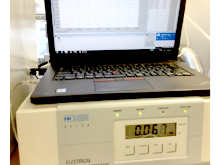 We are carrying out observations of particle surface area using diffusion charging method at several observatories in Japan.
We are carrying out observations of particle surface area using diffusion charging method at several observatories in Japan.
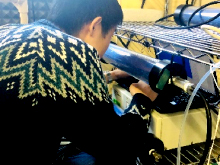 Photo taken at Noto Ground-based Research Observatory, one of our observation sites. Surface area concentrations and other important parameters relating to particle surface area are continuously measured in each observatory.
Photo taken at Noto Ground-based Research Observatory, one of our observation sites. Surface area concentrations and other important parameters relating to particle surface area are continuously measured in each observatory.
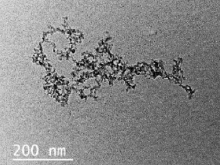 This is a SEM image of black carbon, a representative example of a non-spherical particle that has large surface area per volume.
This is a SEM image of black carbon, a representative example of a non-spherical particle that has large surface area per volume.
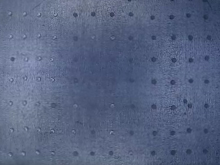 Ice nucleation experiment of pure water (left), low concentration soil particle suspension (middle), and high concentration soil particle suspension (right). Droplets containing more soil particles freeze at a higher temperature (dark color droplets).
Ice nucleation experiment of pure water (left), low concentration soil particle suspension (middle), and high concentration soil particle suspension (right). Droplets containing more soil particles freeze at a higher temperature (dark color droplets).
Research
Vision
Research Topics
Publications
Research Grants


